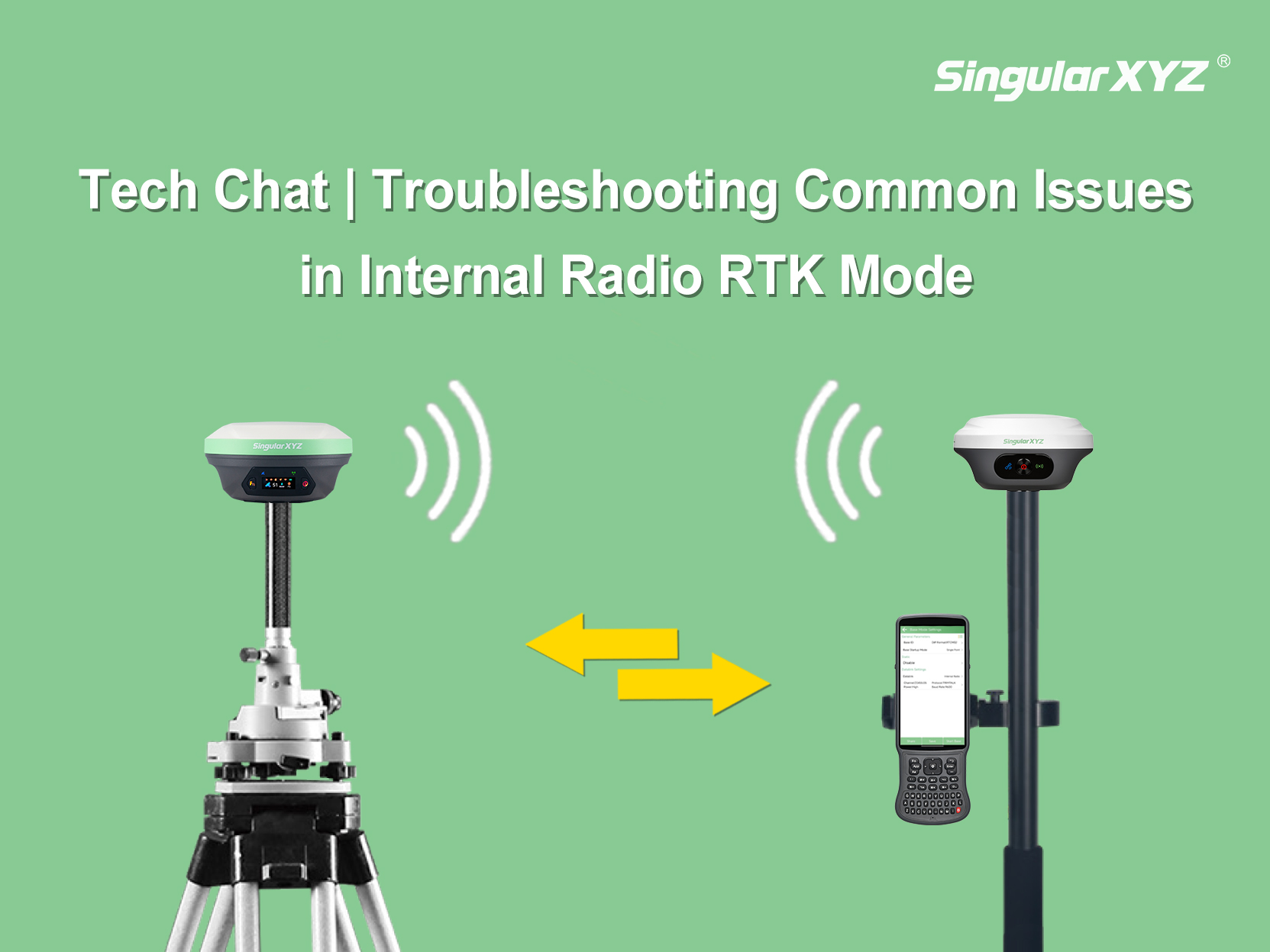In the world of high-precision surveying, NMEA messages are essential for reliable communication between GNSS receivers and other devices. These standardized messages provide critical data such as location, speed, heading, and more, enabling surveyors to make informed decisions in real-time. Understanding these messages is crucial for optimizing the performance of your GNSS systems, whether you're in construction, agriculture, or any other field that relies on precise positioning. In this blog, we'll break down key NMEA messages, their meanings, and their practical applications across various scenarios.
Read previous blog for more about NMEA-0183 and GPGGA message: Tech Chat – What is NMEA-0183 & GPGGA?
Key NMEA Messages and Their Meanings
1. GPRMC (Recommended Minimum Specific GPS/Transit Data)
The GPRMC message provides vital information, including time, date, speed, and true course angle. Here's a breakdown:
ID | Field | Description | Symbol | Example |
1 | $GPRMC | Message head |
| $GPRMC |
2 | UTC | UTC time | hhmmss.ss | 065029.00 |
3 | Position Status | Validity of position (A=valid, V=invalid) | A | A |
4 | Latitude | Latitude | ddmm.mm | 3110.47 |
5 | Latitude Direction | N for North, S for South | a | N |
6 | Longitude | Longitude | dddmm.mm | 12123.26 |
7 | Longitude Direction | E for East, W for West | dddmm.mm | 12123.26 |
8 | Speed Kn | Speed over ground in knots | x.x | 0.456 |
9 | Track True | Track made good in degrees true | x.x | 330.1 |
10 | Date | UTC date | xxxxxx | 050512 |
11 | Magnetic Variation | Degrees | x.x | 0.0 |
12 | Variation Direction | E for easterly, W for westerly | a | E |
13 | Mode Indicator | Positioning system mode indicator | a | A |
14 | Check Sum | Checksum value | *hh | 20 |
15 | Sentence Terminator | End of message |
| [CR][LF] |
Practical Application: The GPRMC message is crucial for navigation and tracking, especially in marine applications and autonomous vehicle systems, where real-time positional data is vital.
2. GPTRA (Antenna Reference)
The GPTRA message provides details on the heading angle, elevation angle, and roll angle of the baseline vector between two antennas, relevant for dual antenna setups.
ID | Field | Description | Symbol | Example |
1 | $GPTRA | Message head |
| $GPTRA |
2 | UTC | UTC time | hhmmss.ss | 065029.00 |
3 | Heading | Heading angle (0-360 degrees) | hhh.hh | 101.78 |
4 | Pitch | Elevation angle (-90 to 90 degrees) | ppp.pp | 071.19 |
5 | Roll | Roll angle (-90 to 90 degrees) | rrr.rr | -00.00 |
6 | Solution Status | GNSS quality indicator | x | 1 |
7 | # Sats | Number of satellites in use | n | 10 |
8 | Age | Age of correction data | dd.dd | 0.00 |
9 | Station ID | Differential base station ID | xxxx | 0004 |
10 | Check Sum | Checksum value | *hh | 20 |
11 | Sentence Terminator | End of message |
| [CR][LF] |
Practical Application: The GPTRA message is vital for applications requiring precise heading and orientation data, such as in marine navigation, aerial surveying, and robotic navigation.
3. GPVTG (Track Made Good and Ground Speed)
The GPVTG message provides information about the track and ground speed.
ID | Field | Description | Symbol | Example |
1 | $GPVTG | Message head |
| $GPVTG |
2 | Track True | Track made good in degrees true | x.x | 213.710 |
3 | True Track Indicator | Indicator for true track | T | T |
4 | Track Mag | Track made good in magnetic degrees | x.x | 213.710 |
5 | Magnetic Track Indicator | Indicator for magnetic track | M | M |
6 | Speed Kn | Speed over ground in knots | x.x | 0.456 |
7 | Nautical Speed Indicator | N for knots | N | N |
8 | Speed Kn | Speed over ground in knots | K | K |
9 | Speed Indicator | Indicator for kilometers per hour | a | A |
10 | Speed Indicator | Positioning system mode indicator | xxxxxx | 050512 |
11 | Check Sum | Checksum value | *hh | 20 |
12 | Sentence Terminator | End of message |
| [CR][LF] |
Practical Application: This message is crucial for monitoring speed and direction in various applications, including land surveying, maritime operations, and vehicle tracking systems.
4. GPNTR (Distance to Base Station)
The GPNTR message contains distance components between the base station and rover in east, north, and vertical directions.
ID | Field | Description | Symbol | Example |
1 | $GPNTR | Message head |
| $GPNTR |
2 | UTC | UTC time | hhmmss.ss | 065029.00 |
3 | Position Status | GNSS quality indicator | x | 1 |
4 | Distance | Distance between base and rover in meters | ddddd.ddd | 17253.242 |
5 | Distance in North | North distance, +: North, -: South | ddddd.ddd | +5210.449 |
6 | Distance in East | East distance, +: East, -: West | ddddd.ddd | -16447.587 |
7 | Vertical Distance | Vertical distance, +: Up, -: Down | ddddd.ddd | -15.751 |
8 | Station ID | Base station ID, 0000-4096 | xxxx | 00 |
9 | Check Sum | Checksum value | *hh | 20 |
10 | Sentence Terminator | End of message |
| [CR][LF] |
Practical Application: GPNTR messages are essential for monitoring precise distances between the base station and rovers, crucial for achieving high accuracy in positioning tasks in fields such as construction, agriculture, and surveying.
Understanding NMEA messages like GPRMC, GPTRA, GPVTG, and GPNTR is helpful for effective data utilization in various surveying applications. By leveraging this information, users can enhance their operational efficiency, improve accuracy, and ensure successful project outcomes. Whether you're involved in construction, agriculture, or any field requiring precise location data, these NMEA messages are invaluable tools in your surveying toolkit.
Learn more about SingularXYZ GNSS products and solutions,
https://www.singularxyz.com/product


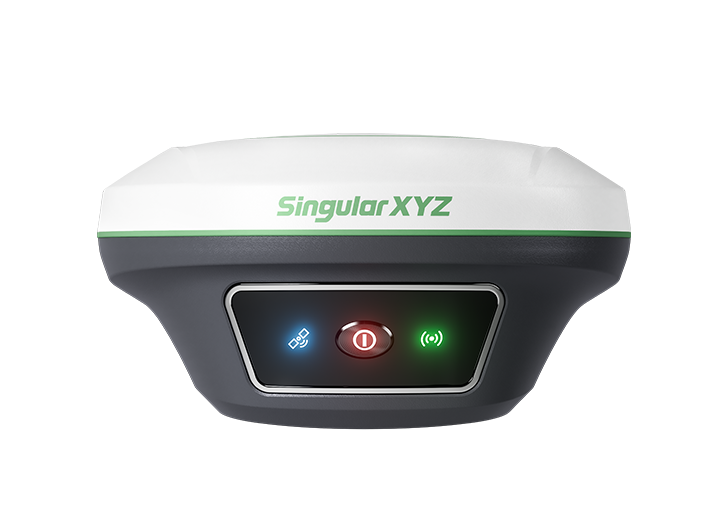 Horus Visual & Laser
Horus Visual & Laser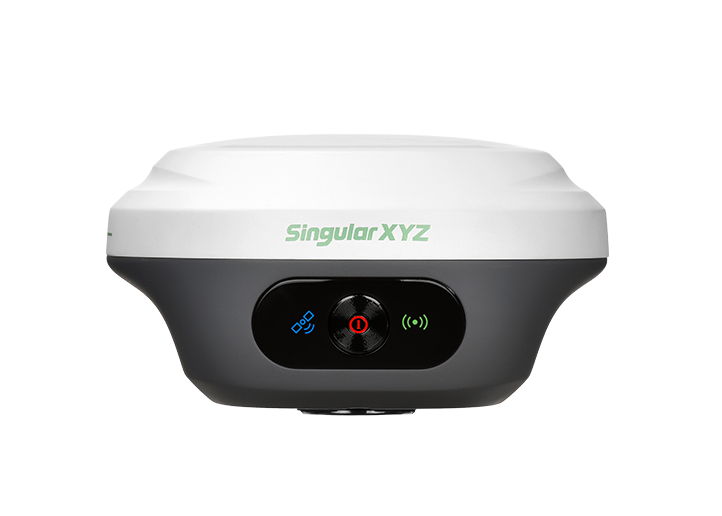 Orion ONE
Orion ONE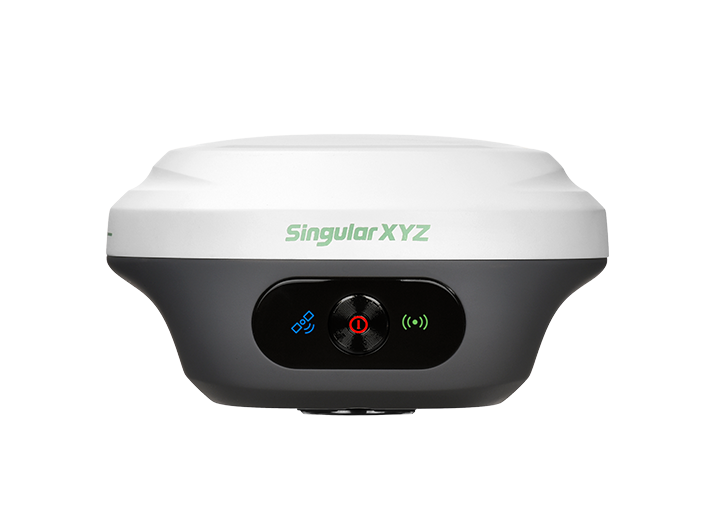 Orion ONE-Laser GNSS Receiver
Orion ONE-Laser GNSS Receiver Orion ONE-AR GNSS Receiver
Orion ONE-AR GNSS Receiver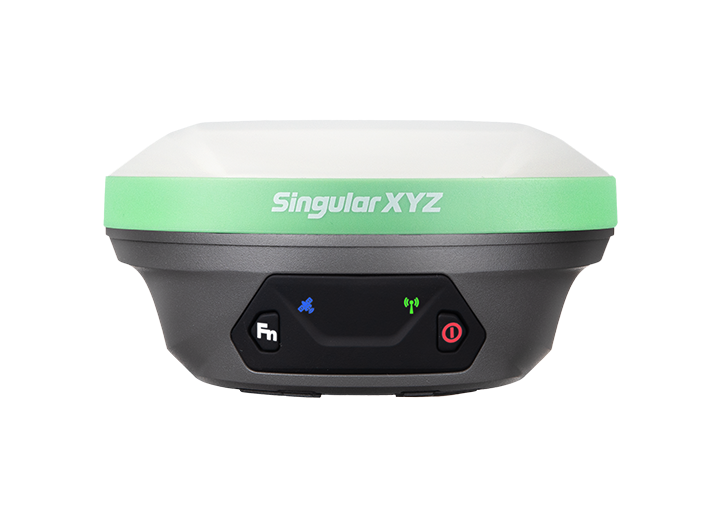 X1 GNSS Receiver
X1 GNSS Receiver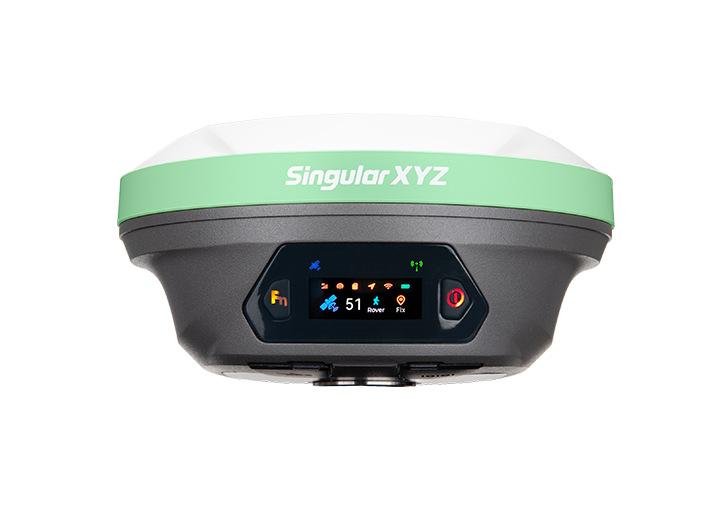 X1 Pro GNSS Receiver
X1 Pro GNSS Receiver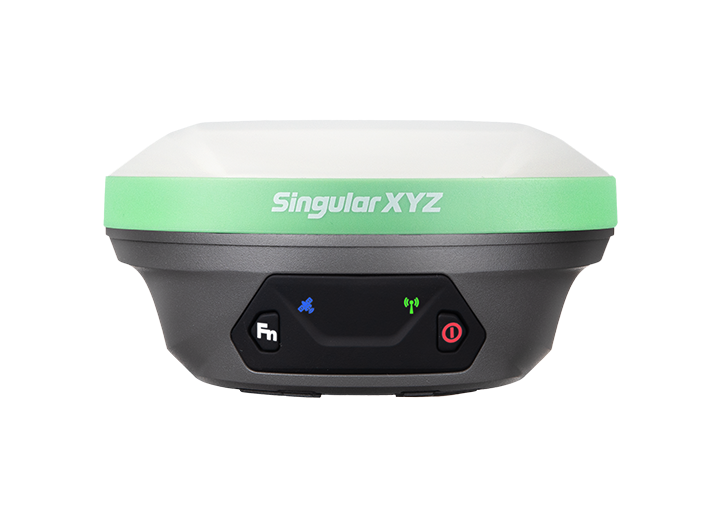 X1 Lite GNSS Receiver
X1 Lite GNSS Receiver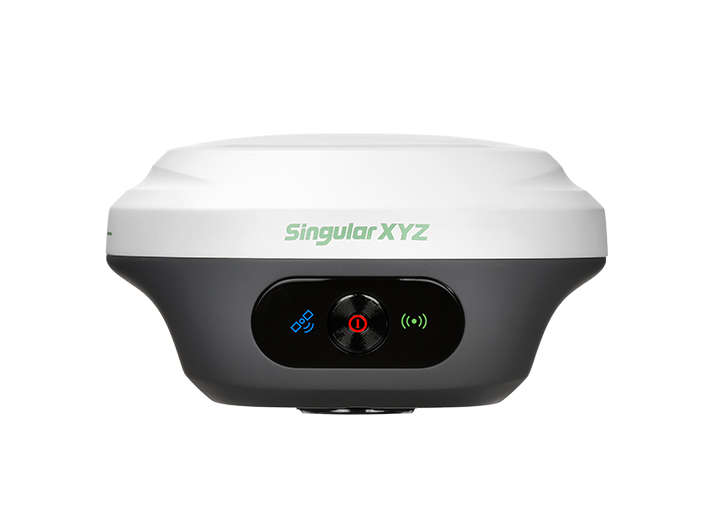 Z1 GNSS Receiver
Z1 GNSS Receiver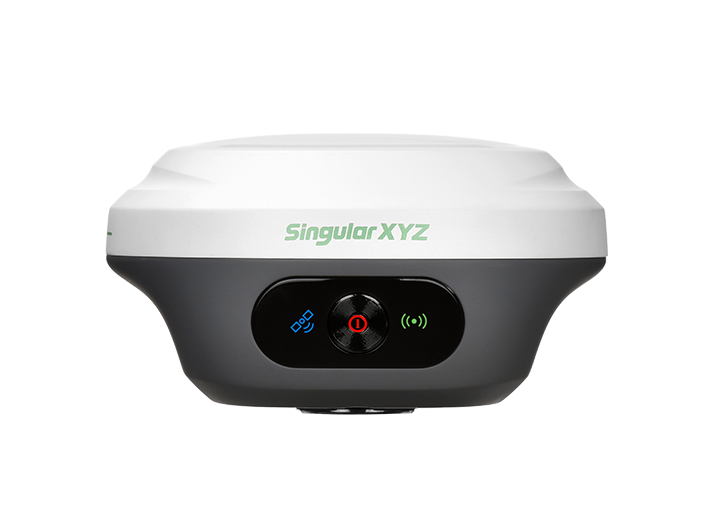 Z1 Lite GNSS Receiver
Z1 Lite GNSS Receiver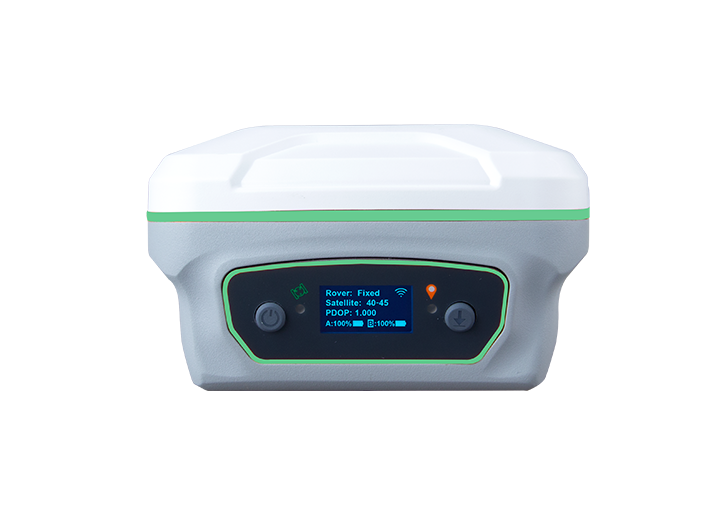 Y1 GNSS Receiver
Y1 GNSS Receiver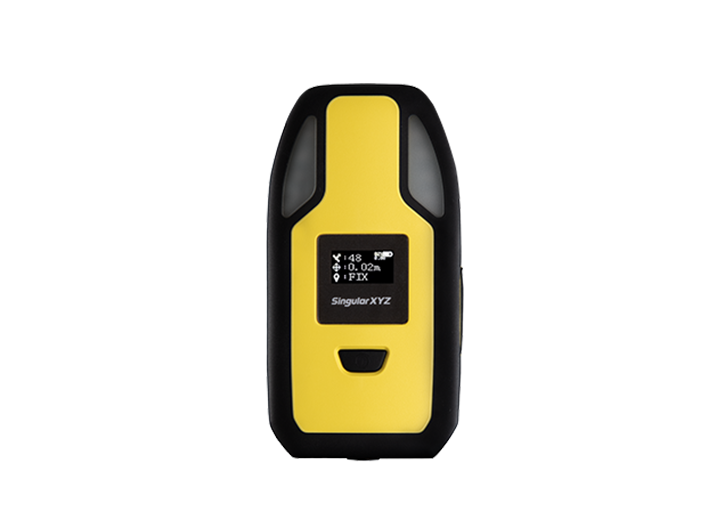 P2 Plus GNSS Receiver
P2 Plus GNSS Receiver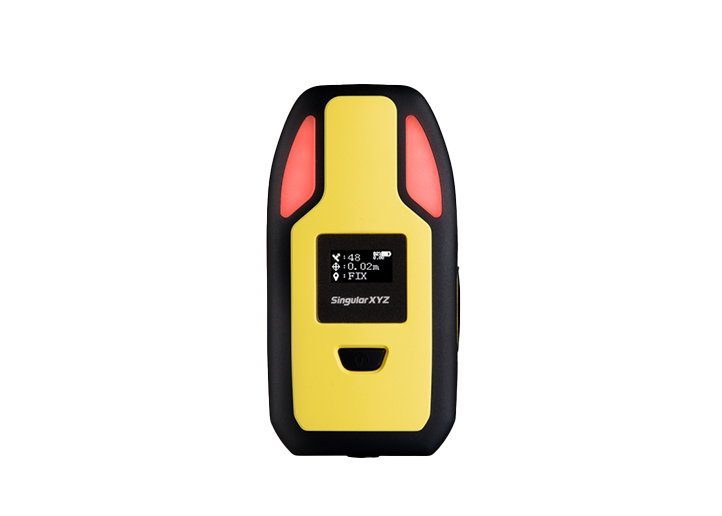 P2 GNSS Receiver
P2 GNSS Receiver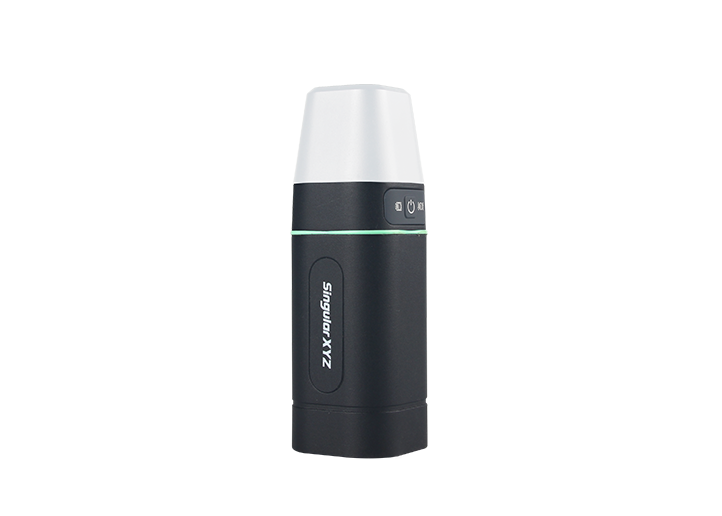 Sfaira ONE Plus GNSS Receiver
Sfaira ONE Plus GNSS Receiver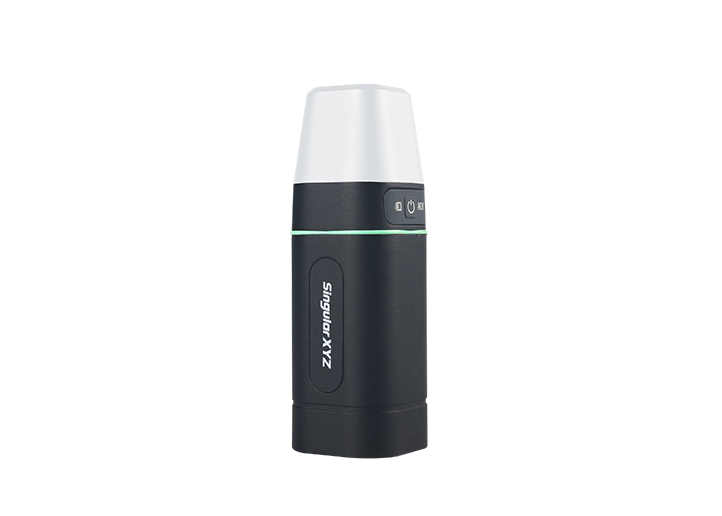 Sfaira ONE GNSS Receiver
Sfaira ONE GNSS Receiver




















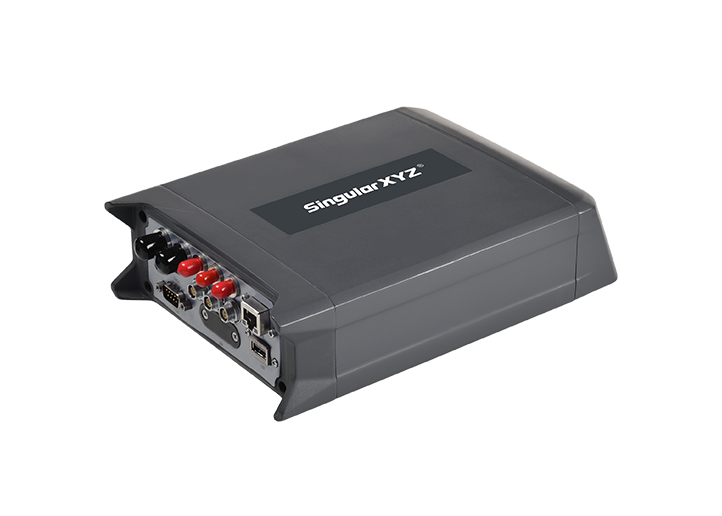
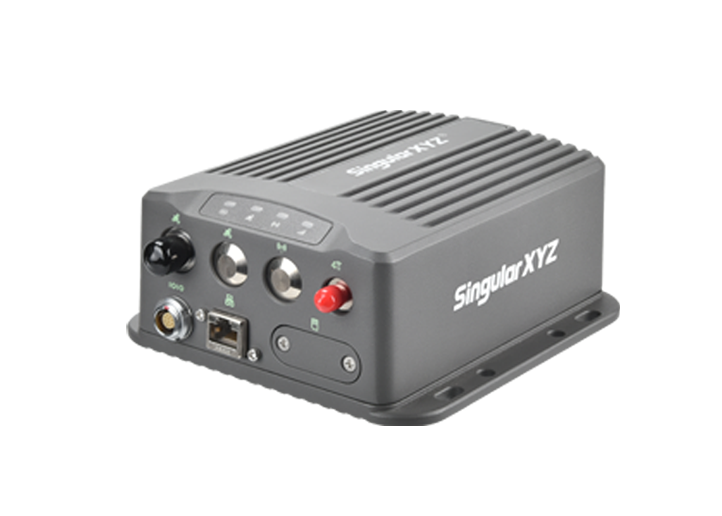
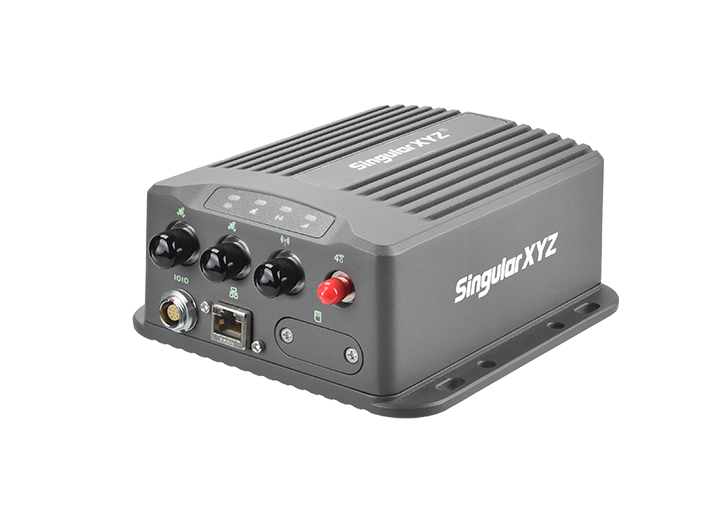
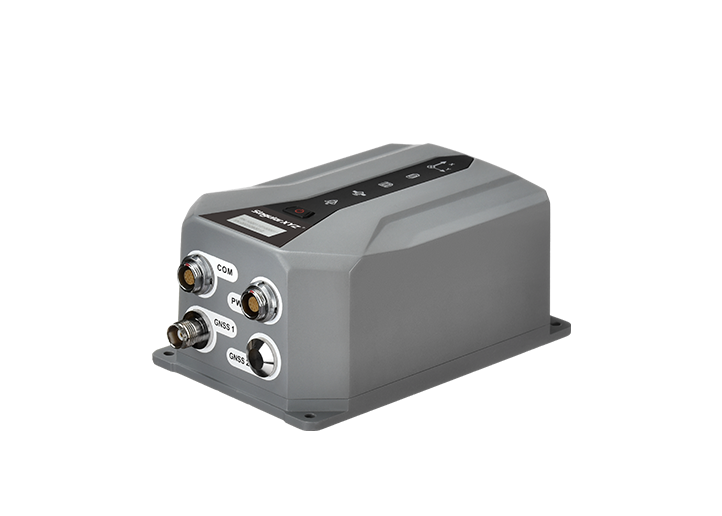
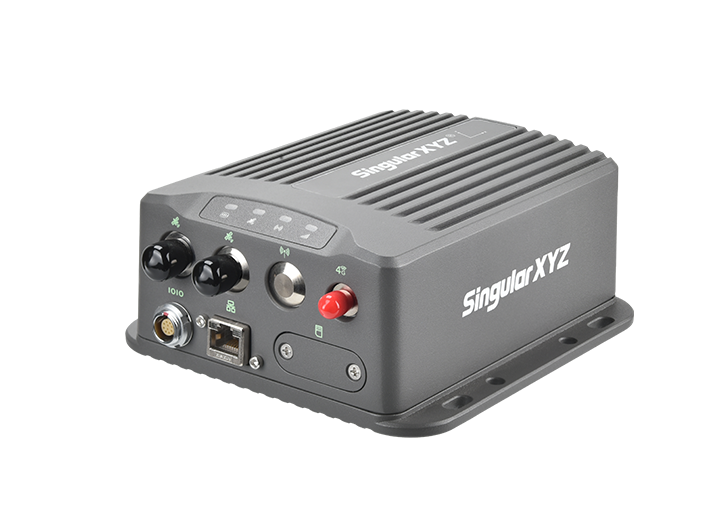
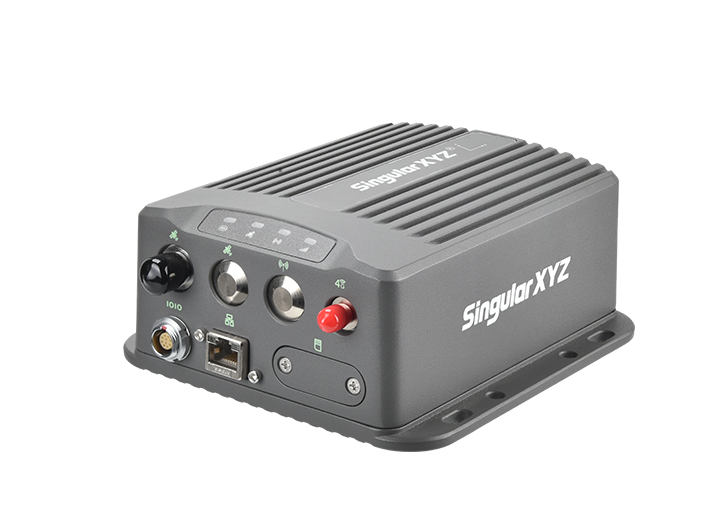
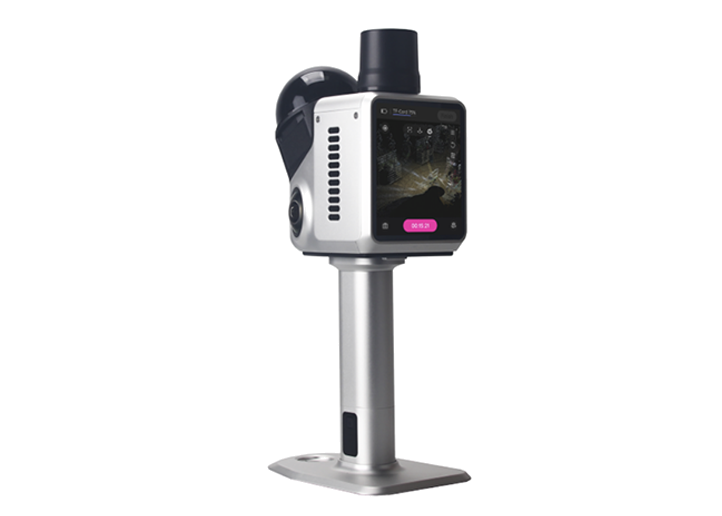
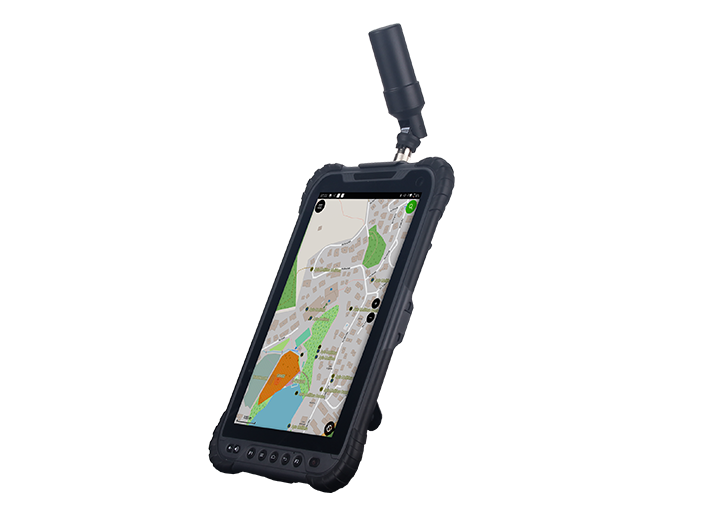
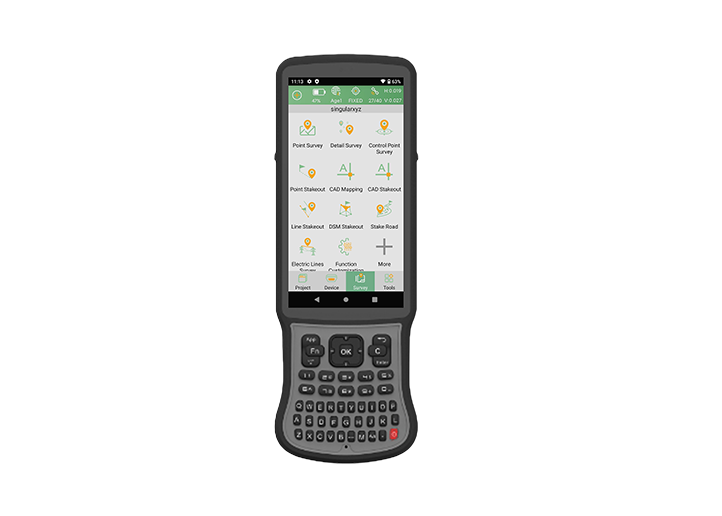

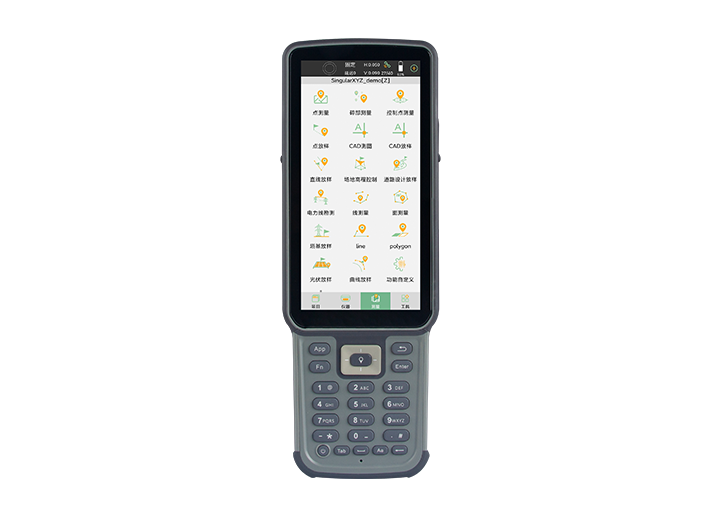
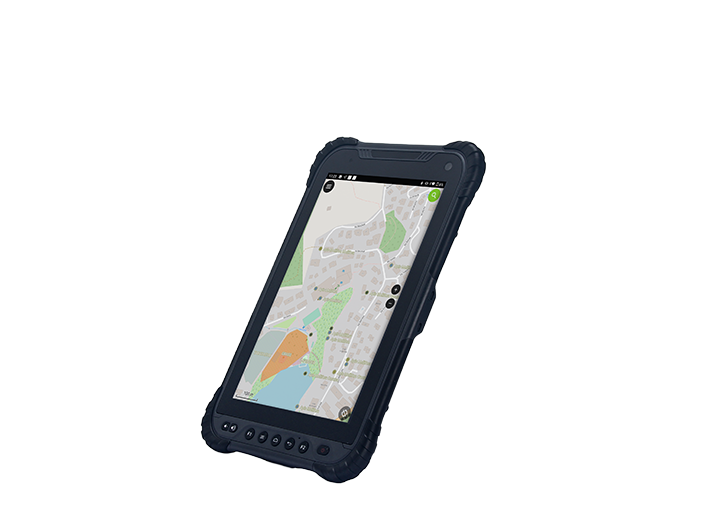


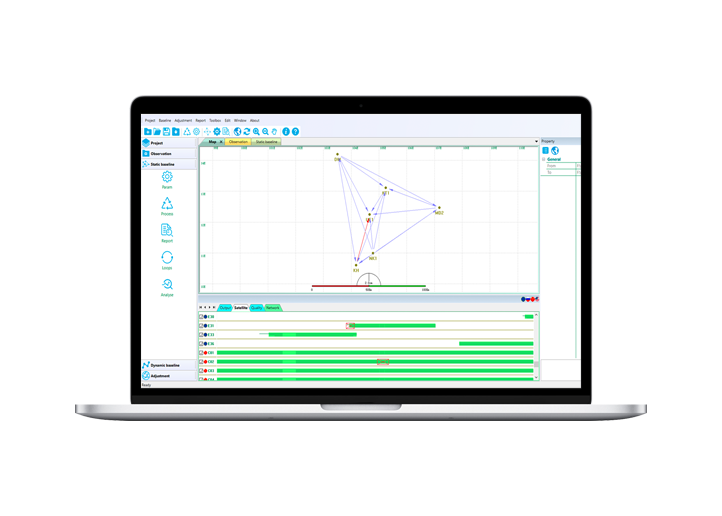
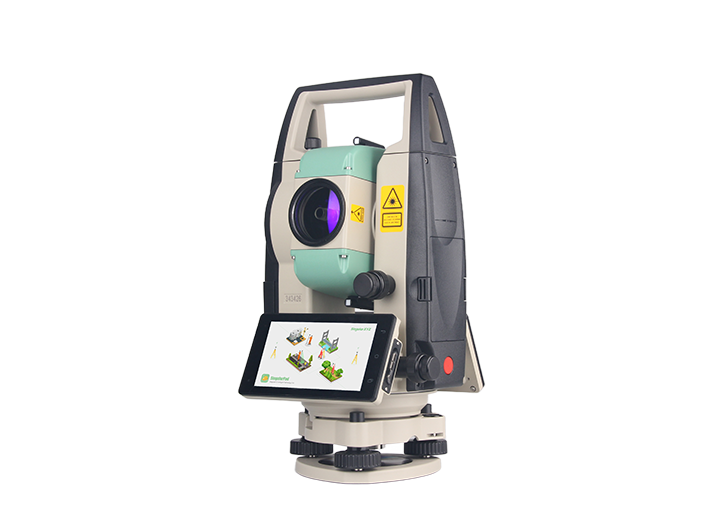
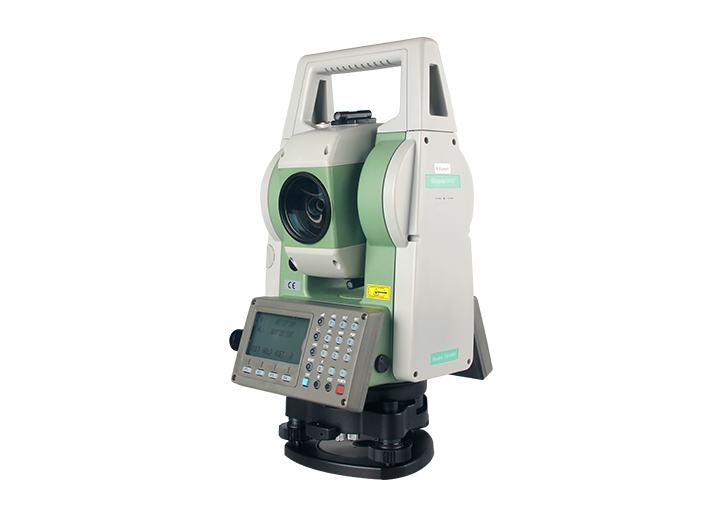
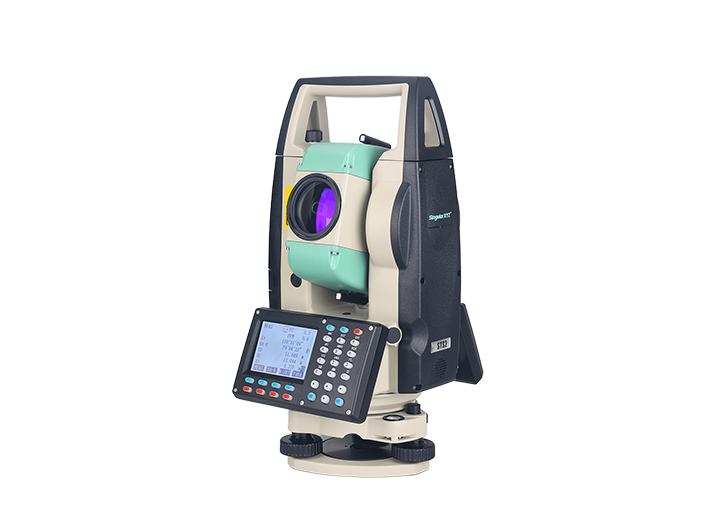

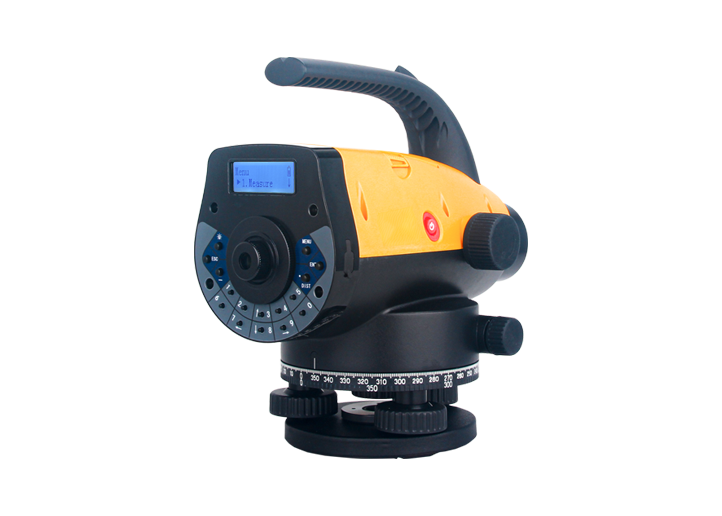

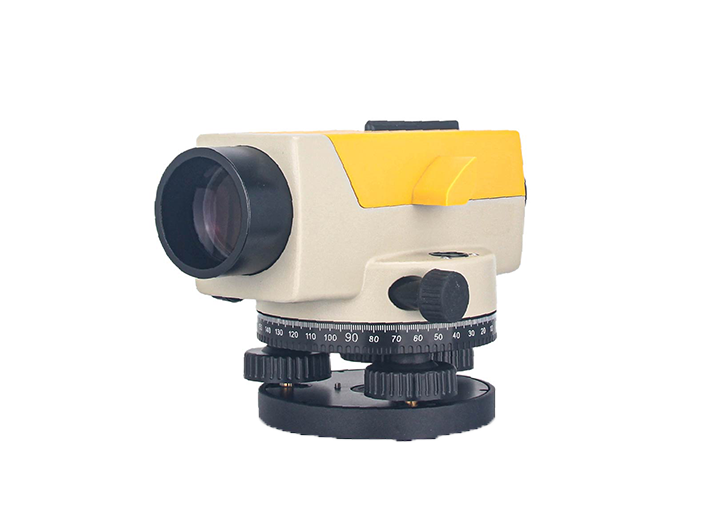
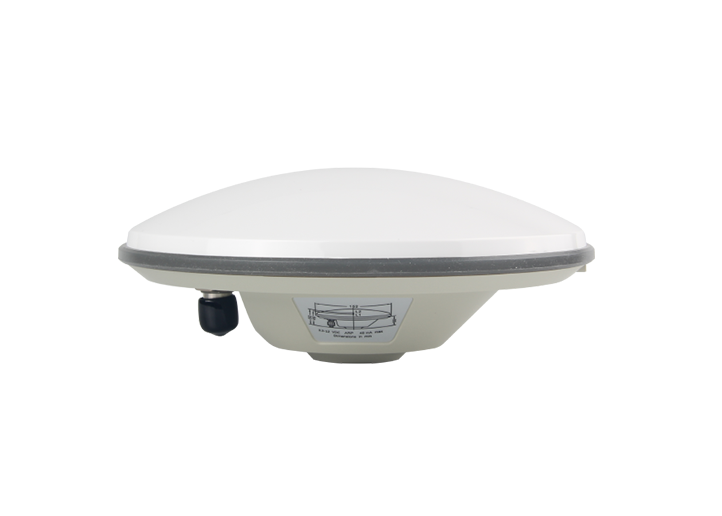
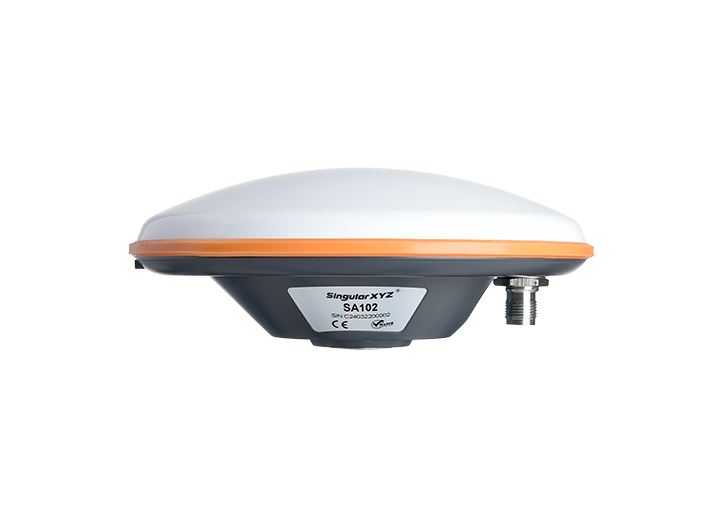
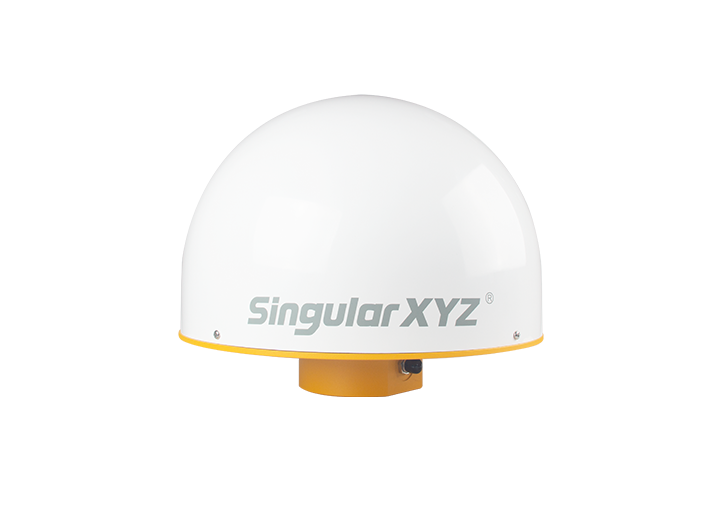
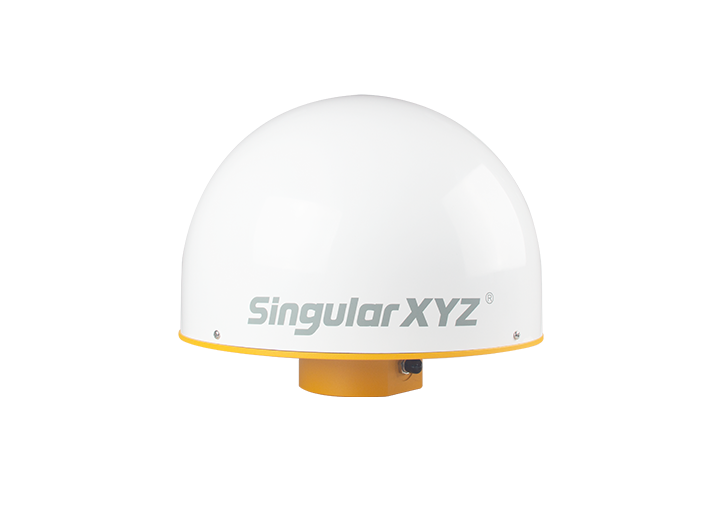
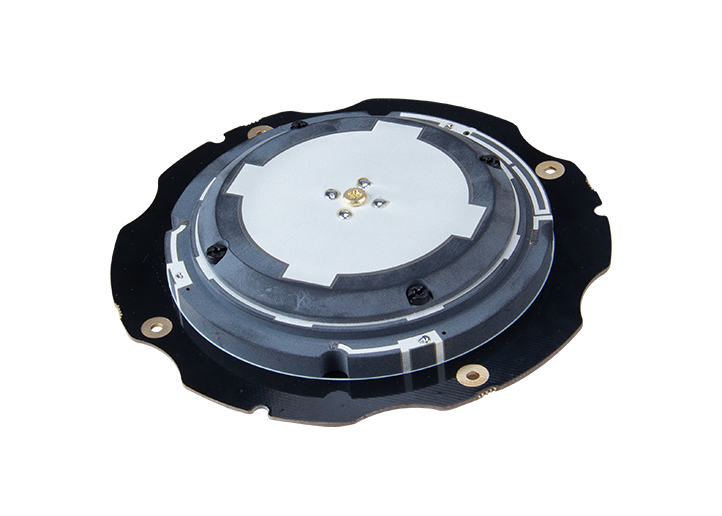



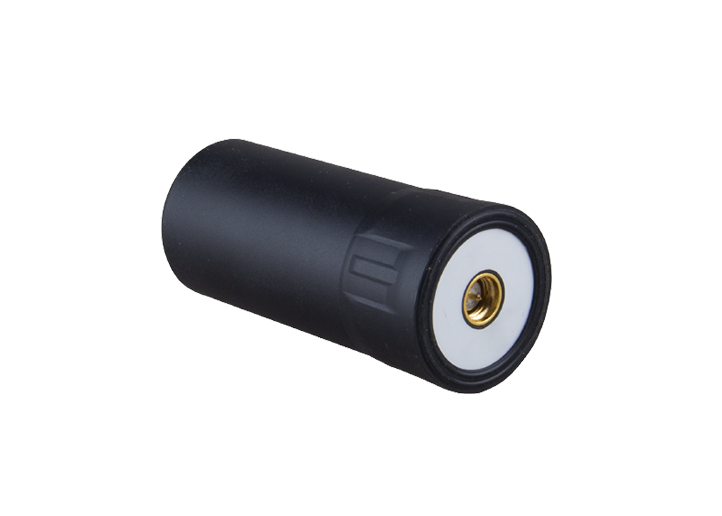
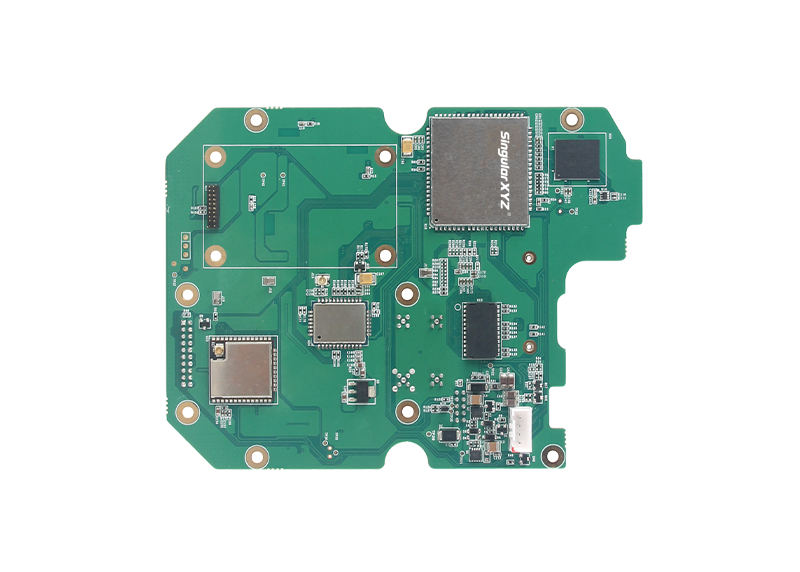
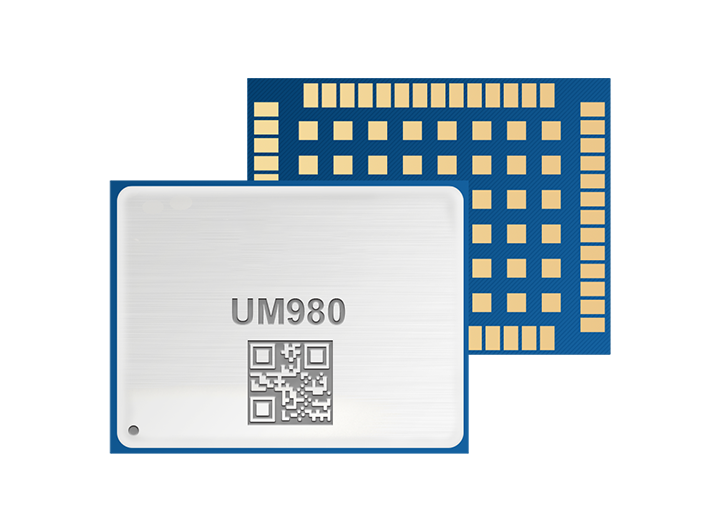
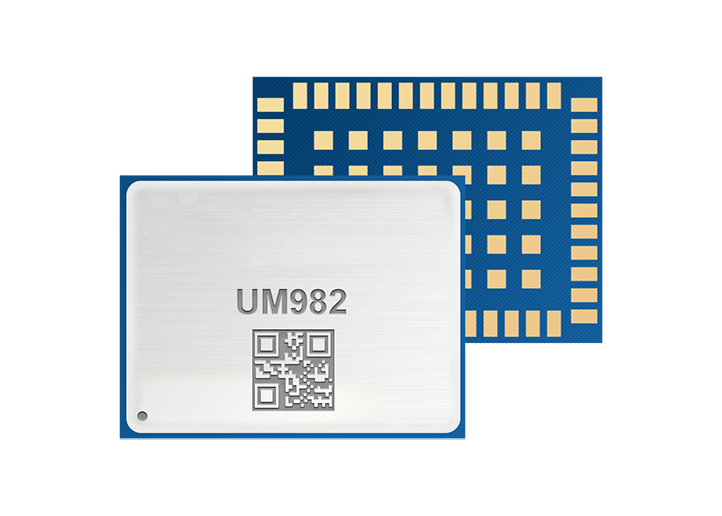
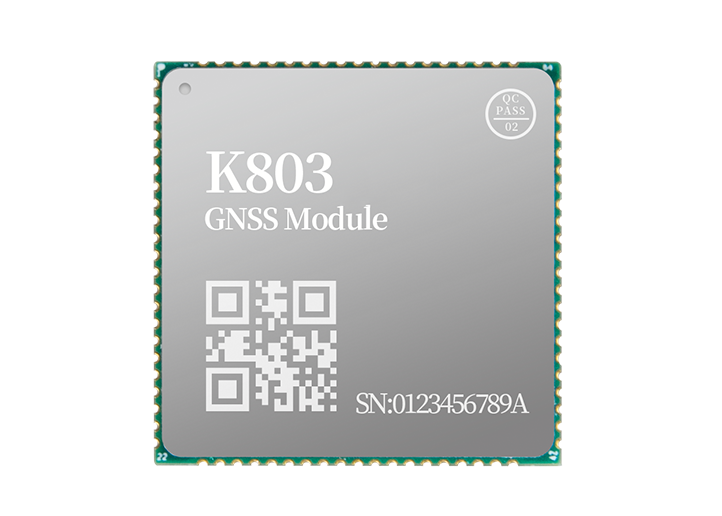
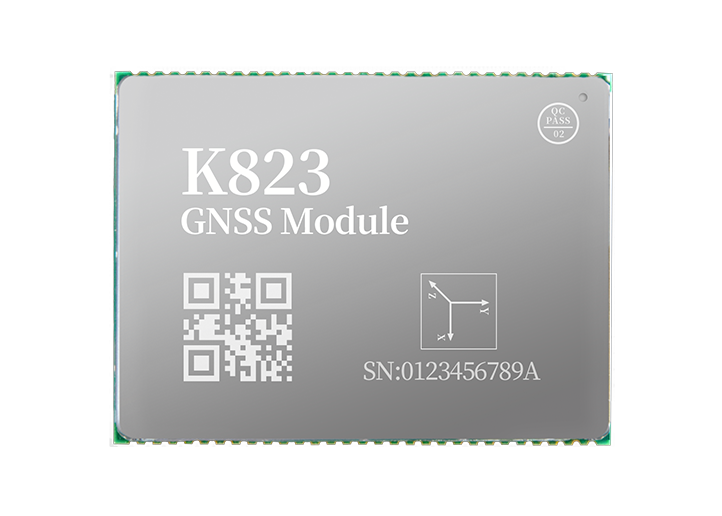
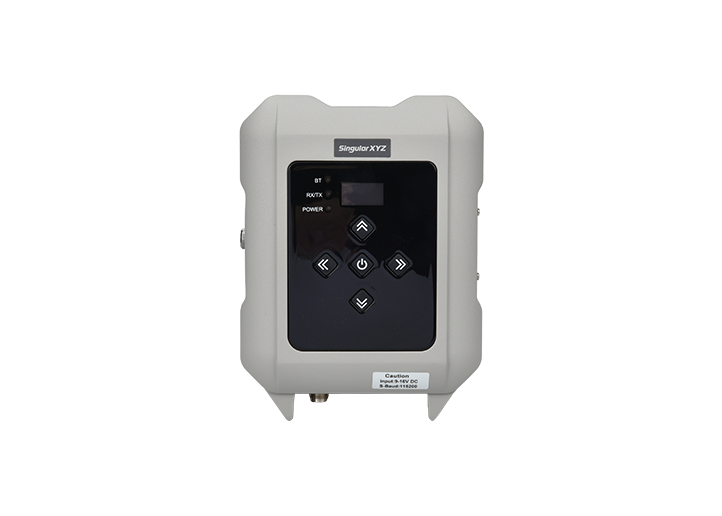
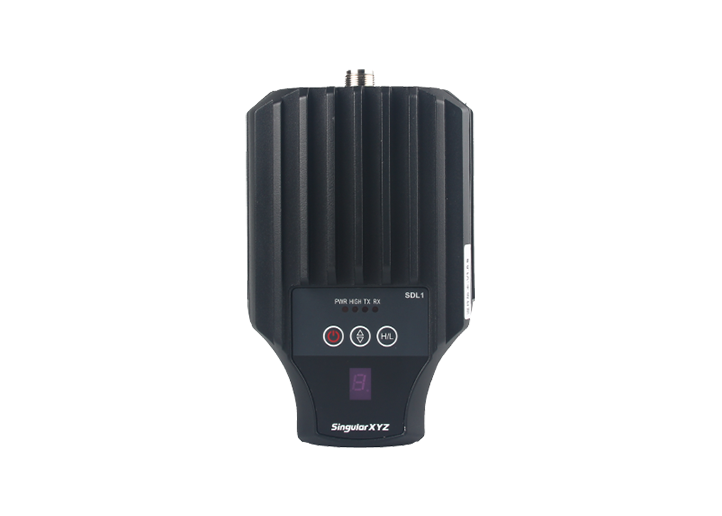
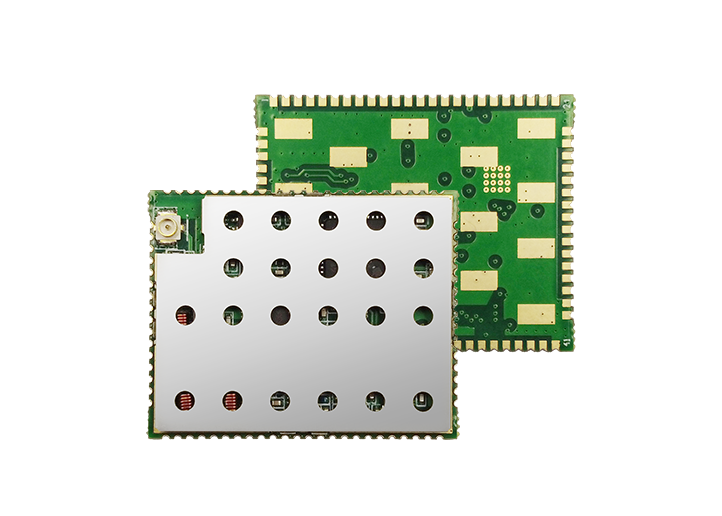
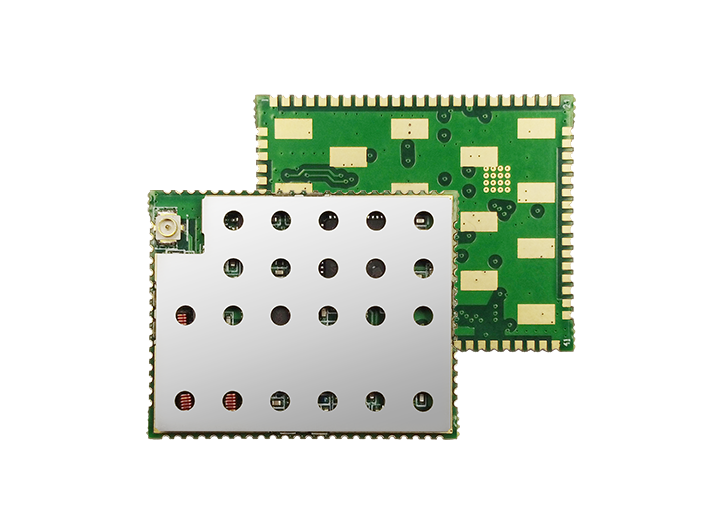
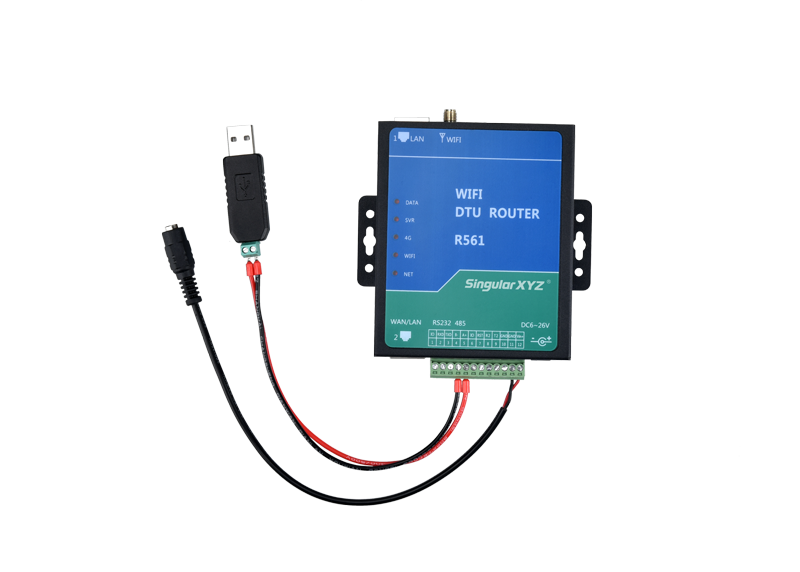

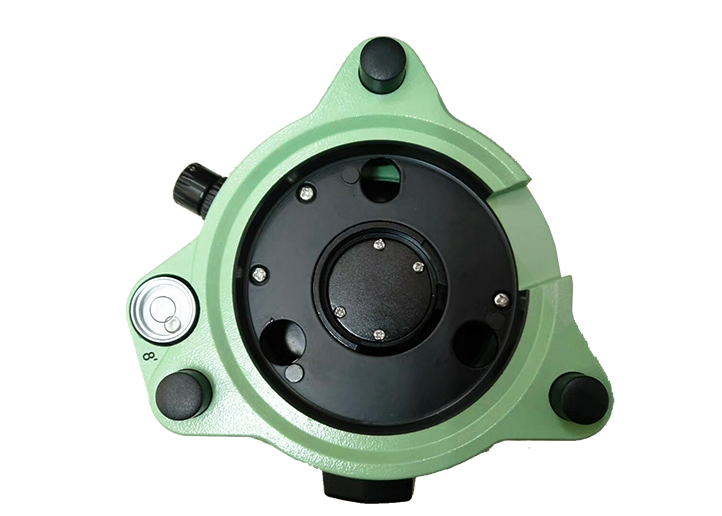















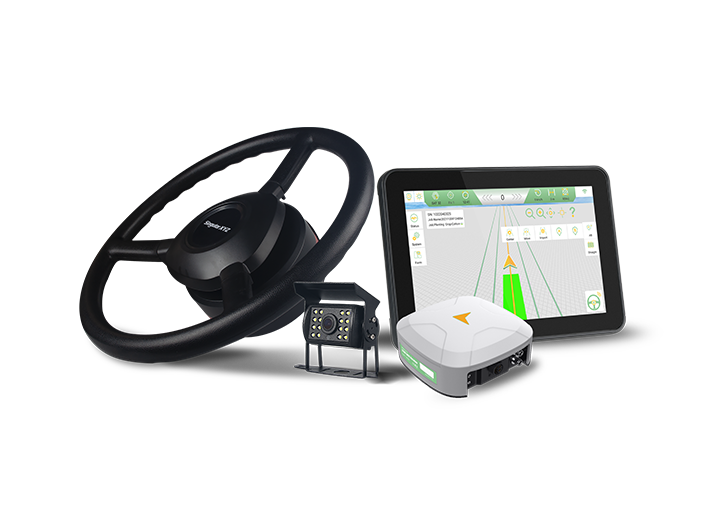

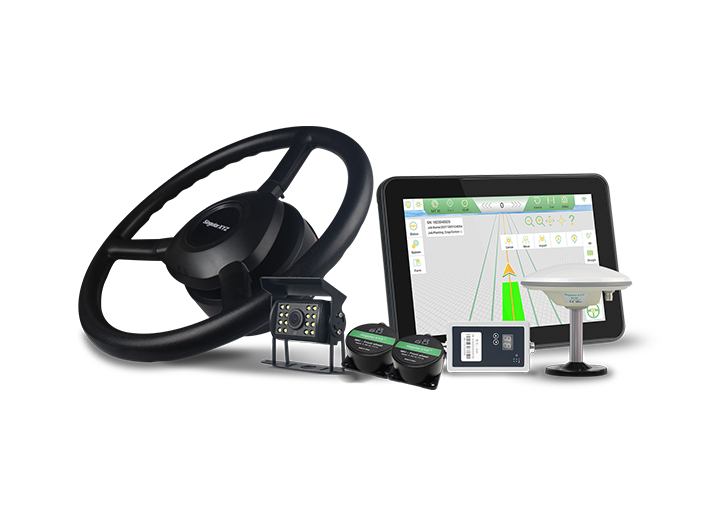
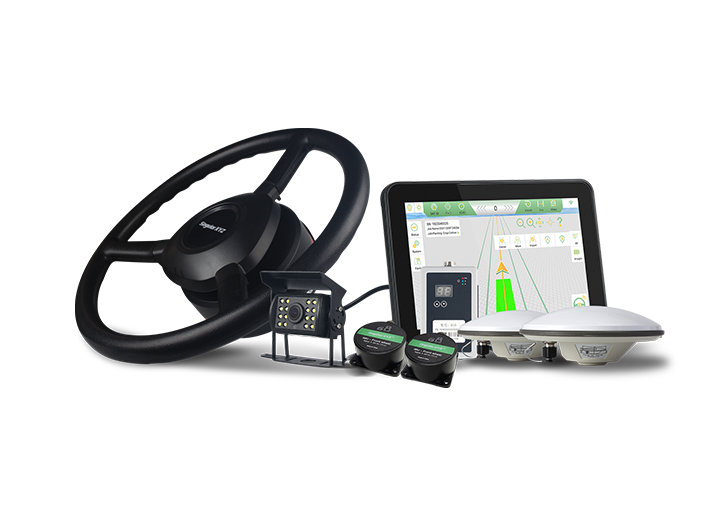
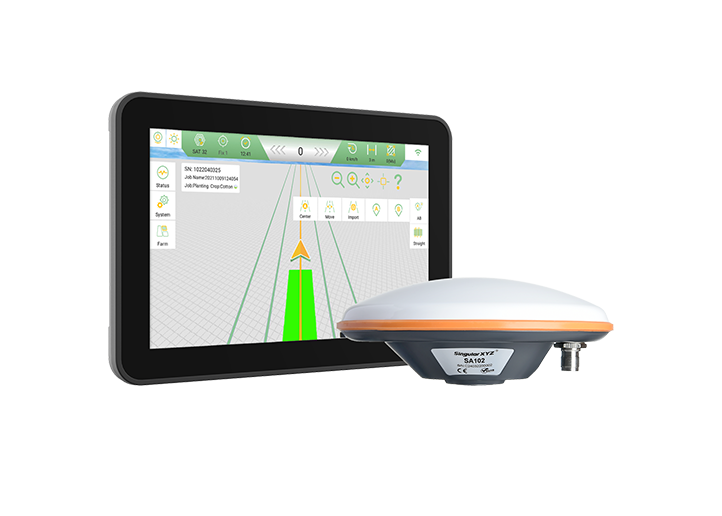
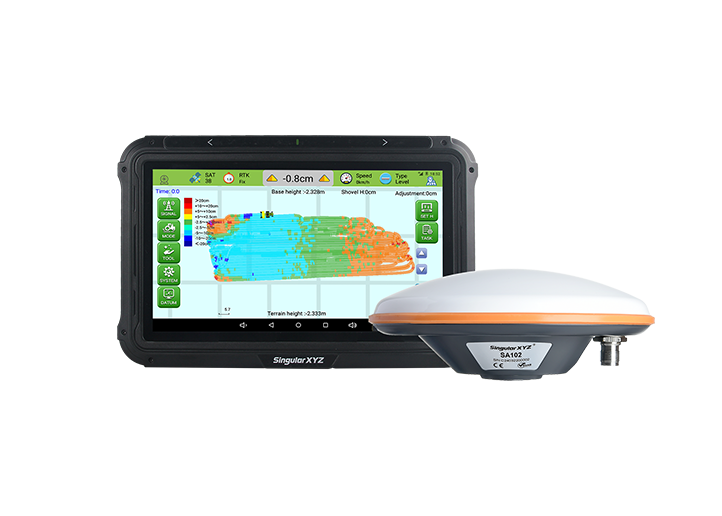
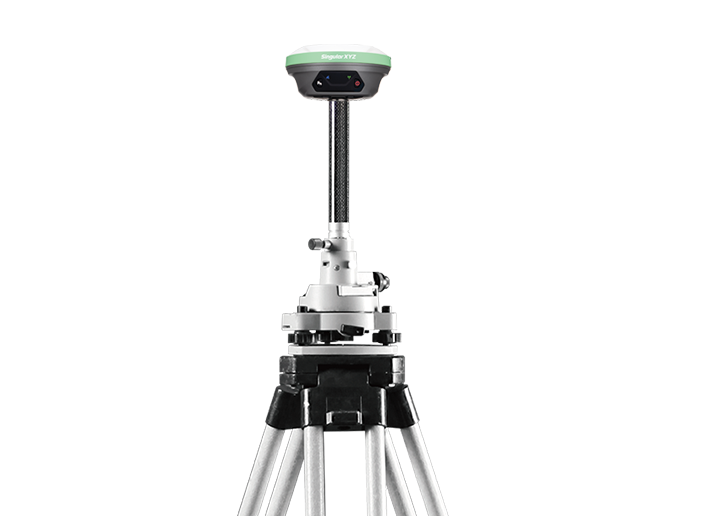
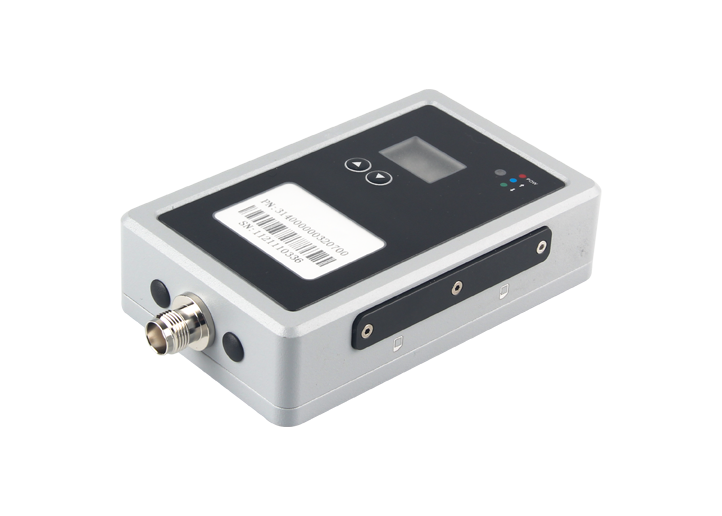
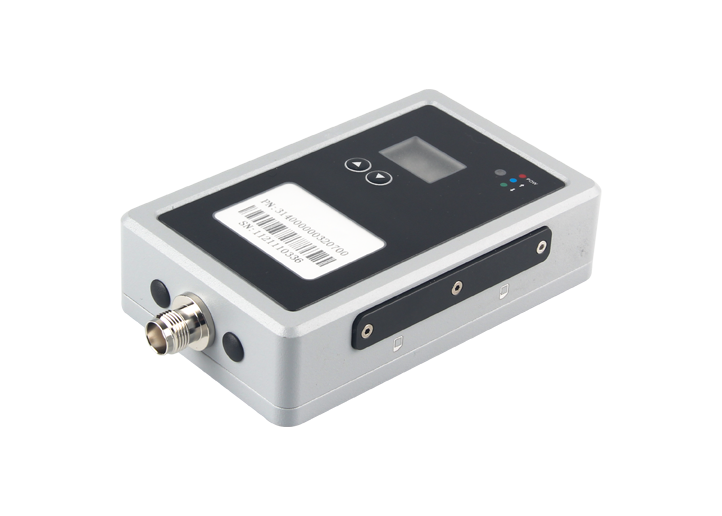
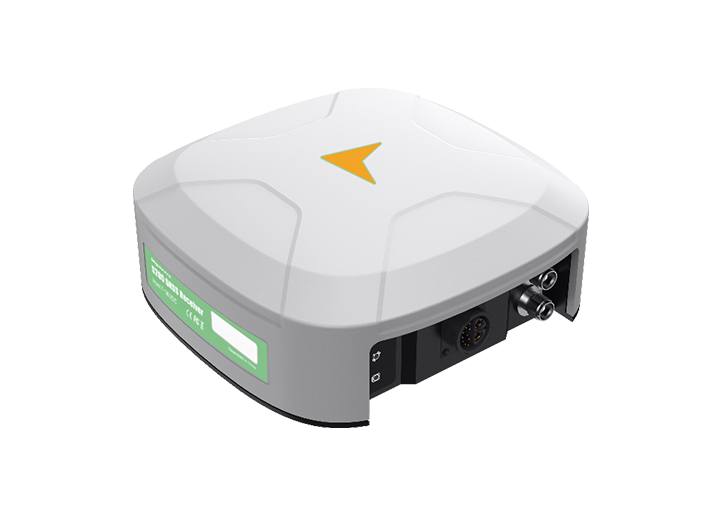
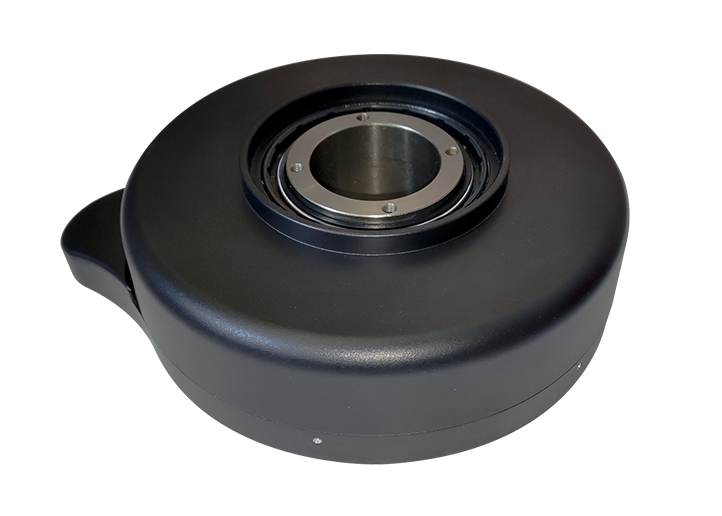
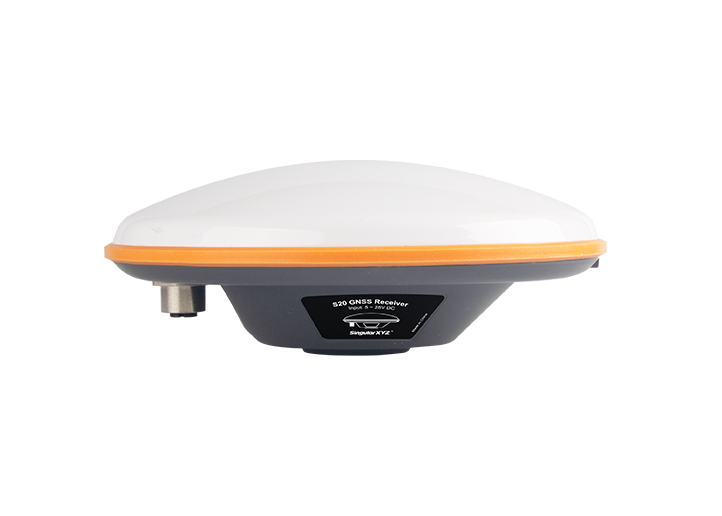














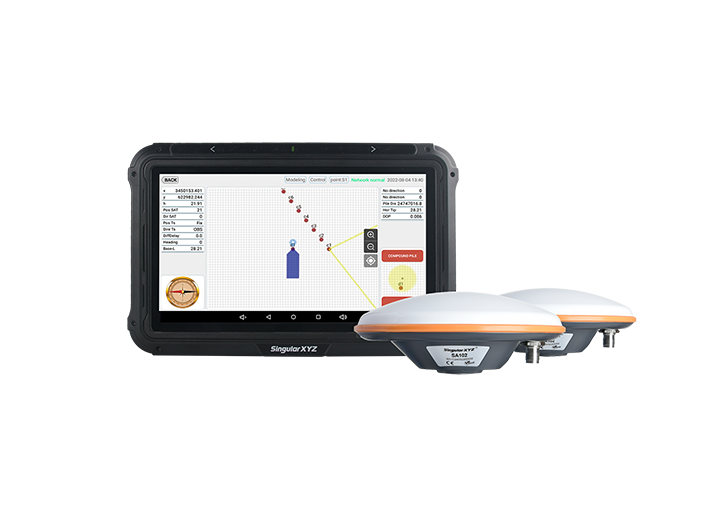















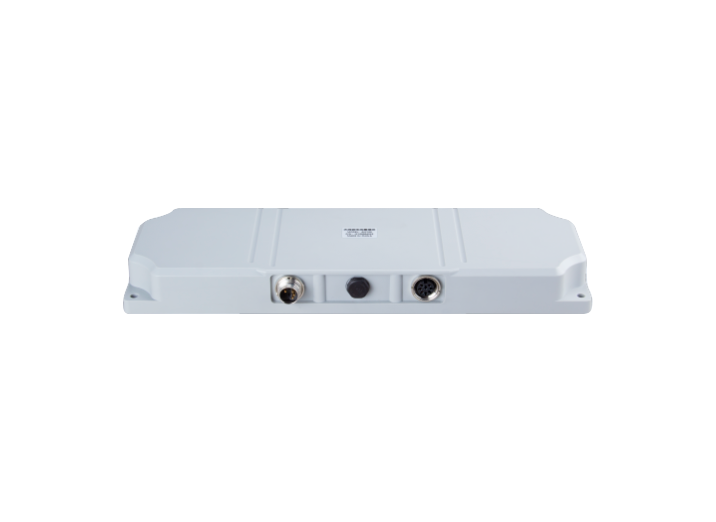





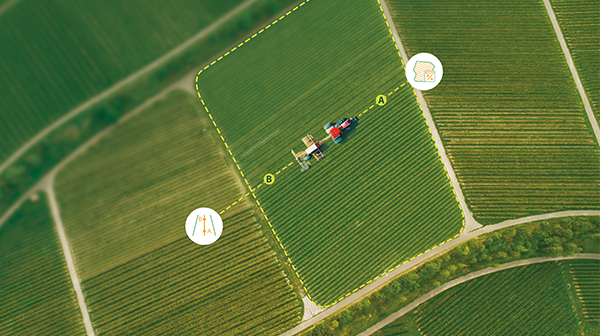
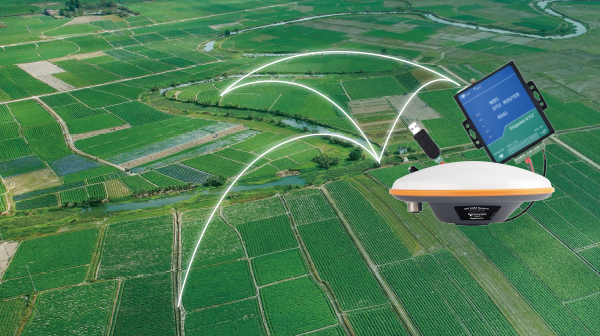


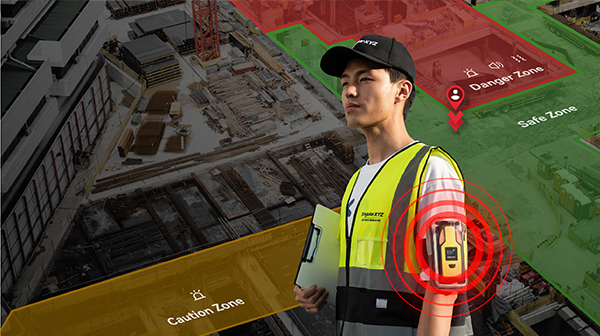

















 Home
Home











